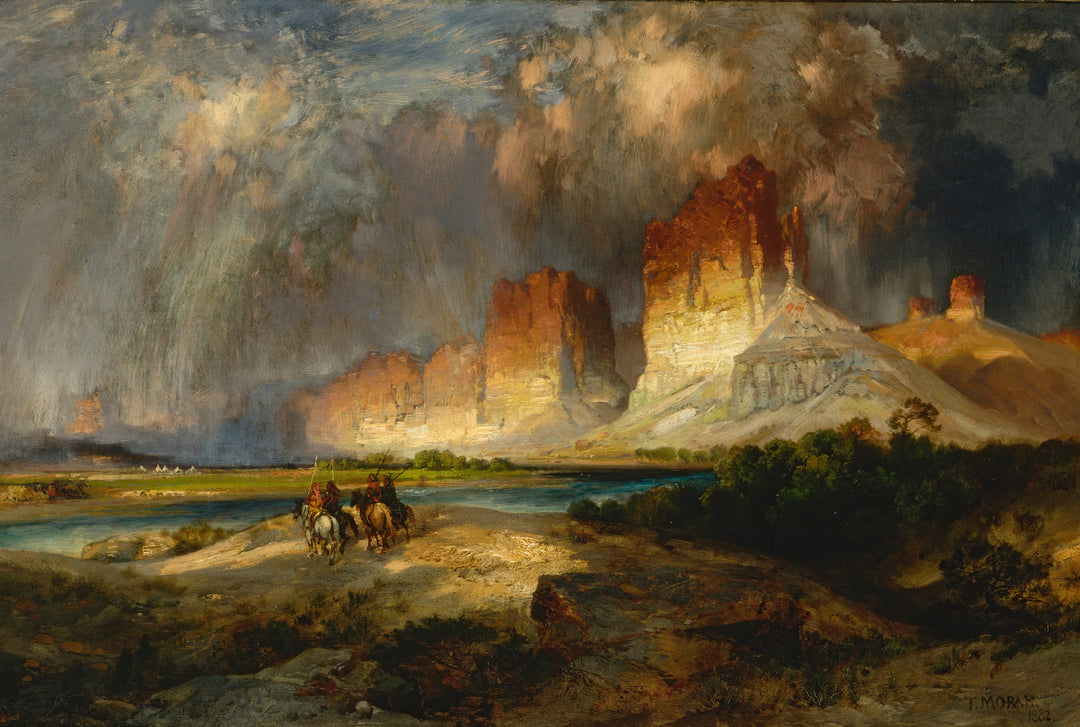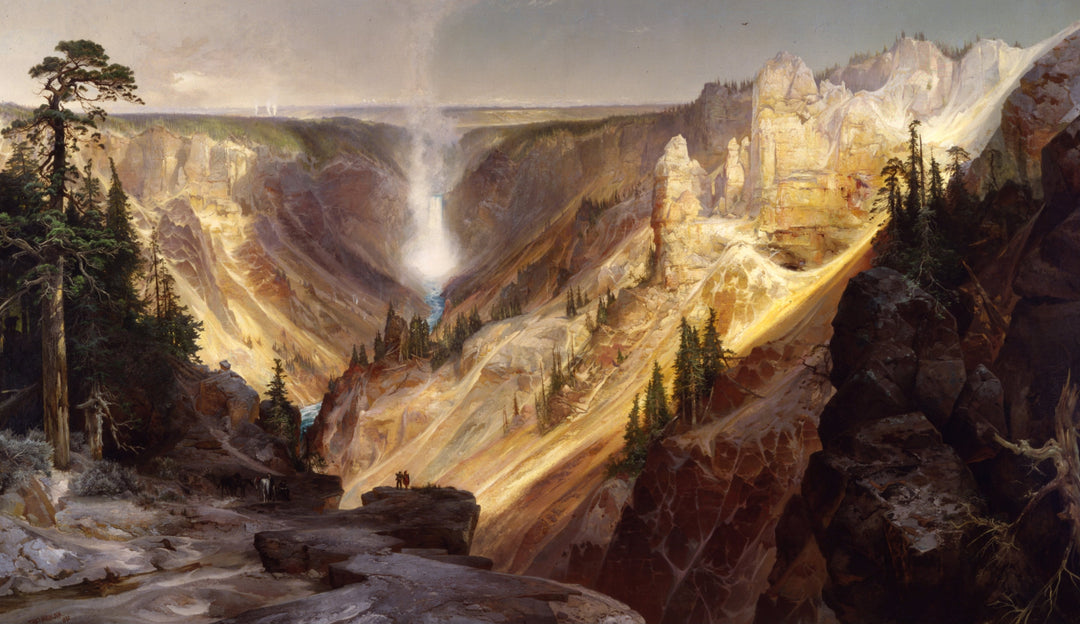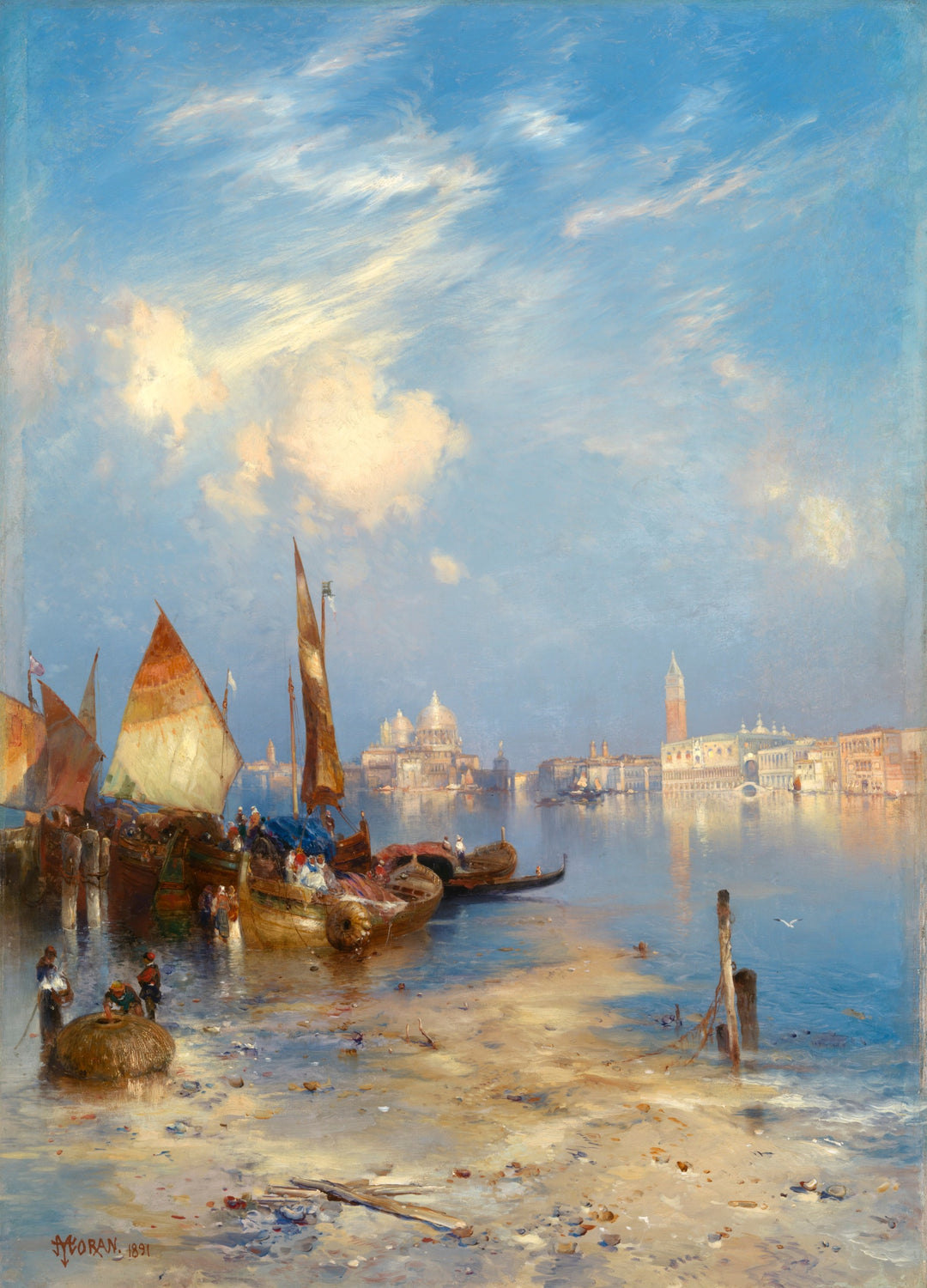
Hudson River School
The "Hudson River School" was an artistic movement that emerged in the United States in the early 19th century, focused on the representation of grand and untouched natural landscapes, primarily along the Hudson River Valley and other areas of the northeastern United States. Inspired by European Romanticism and the transcendentalist philosophy of Ralph Waldo Emerson, the artists of this school viewed nature as a manifestation of the sublime, capturing its vastness and pristine beauty. The "Barbizon School" in France, which also exalted plein air landscape painting, was one of its closest influences.
Among the most representative painters of the "Hudson River School" are Thomas Cole, considered the founder of the movement, who through his vast landscapes expressed the relationship between man and nature. Frederic Edwin Church, a disciple of Cole, took this legacy to the next level with representations of exotic and tropical landscapes, reflecting an expansion of the school's geographic scope. Other prominent members were Albert Bierstadt and Thomas Moran, who ventured further west, painting the majestic Rocky Mountains and the Grand Canyon, helping to consolidate the visual identity of the American landscape.
The detailed realism of these artists later influenced movements such as Luminism, which focused on the effects of light in nature, and later, American Impressionism, which, although looser in technique, maintained a focus on the landscape. The works of the "Hudson River School" helped to forge a national awareness of the natural beauty of the United States and its preservation, influencing not only art but also the creation of national parks.










